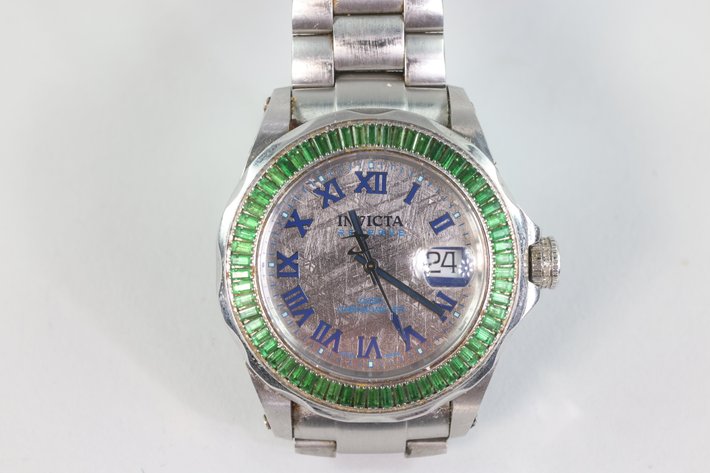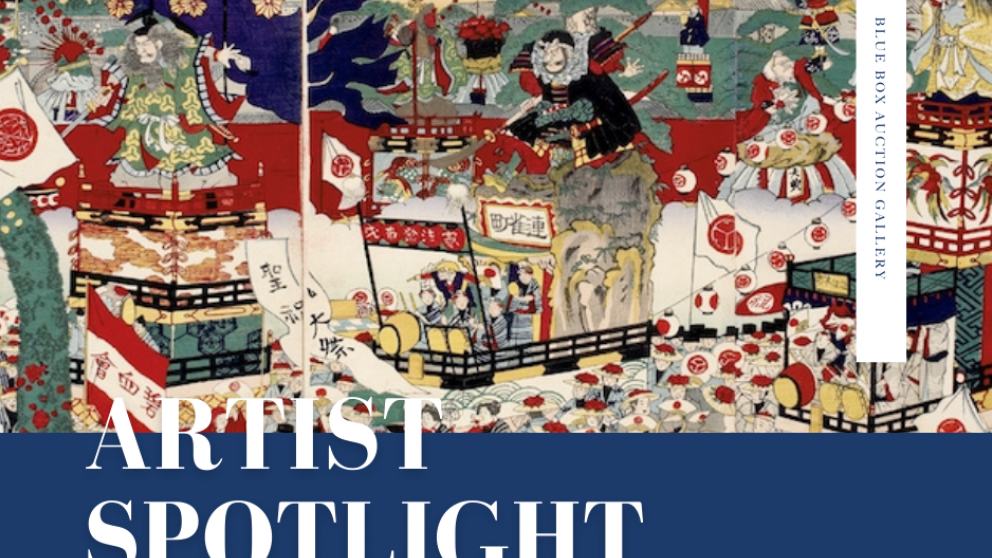
Japanese woodblock prints began being produced during the Edo period (1603 – 1867). “To create a woodblock print in the traditional Japanese style, an artist would first draw an image onto washi, a thin yet durable type of paper. The washi would then be glued to a block of wood, and—using the drawing’s outlines as a guide—the artist would carve the image into its surface. The artist would then apply ink to the relief. A piece of paper would be placed on top of it, and a flat tool called a baren would help transfer the ink to the paper. To incorporate multiple colors into the same work, artists would simply repeat the entire process, creating separate woodblocks and painting each with a different pigment.”
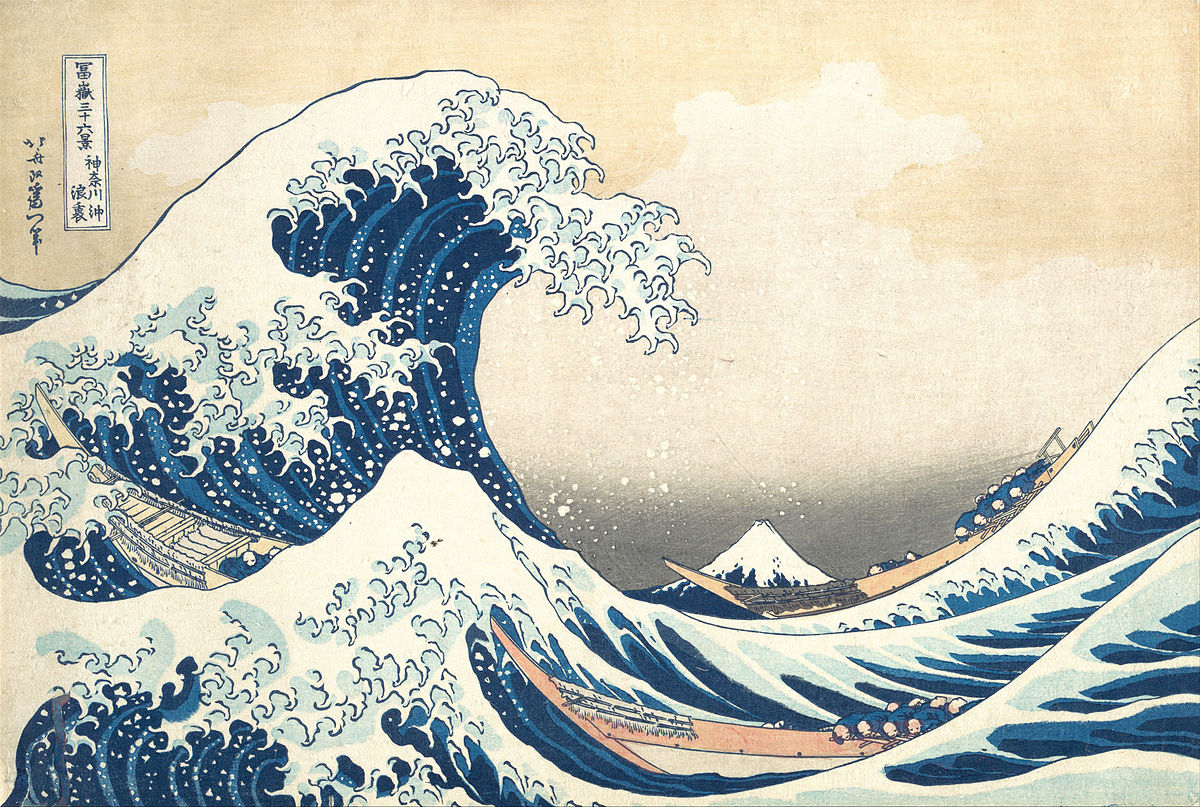
What is ukiyo-e?
Ukiyo-e—which translates literally as ‘pictures of the floating world’—is a genre of Japanese art that encompasses a wide range of techniques, media, and subjects that revolve around idealized life in the theatre and districts of Edo-period (1600-1868). In the 17th century, the burgeoning middle class of large cities (such as Edo and Osaka) adopted the term ‘floating world’. This was originally a Buddhist expression meant as a warning against the fleeting transience of life but its meaning changed to a constant enjoyment of the pleasures of (city) life.
What are the different kinds of techniques involved in woodblock printing?
Ukiyo-e artists were skillful painters and book illustrators but it is thanks to woodblock printing, which reached a high level of technical sophistication, that they were able to create the most iconic ‘images of the floating world’. When we hold in our hands a Nishiki-e (lit. 'brocade picture'), a polychrome woodblock print made after 1765, we can truly appreciate the 'finished product' of a concerted, team effort.
Zojoji Temple, Shiba, published by Watanabe - Kawase Hasui
The making of one involves; the mastery of the artist, who designs the print; the carver who chisels each line into a cherry woodblock; and the printer, who recreates the soft light of sunset by applying varying pressure to the paper (a shading technique known as bokashi). Last is the publisher, who embarks on the risky venture of financing the publication of a series of prints glorifying actors and courtesans, thus advertising the glamorous 'floating world'.
What kinds of scenes are often depicted (i.e. nature, still life)?
Japanese woodblock prints feature a variety of themes and genres, designs and colors, inventions, and wit, which is what collectors and enthusiasts love. Whether your interest lies in historical figures, action, adventure, sex (from subtle innuendos to rather graphic images), landscapes, actors, demons, heroes, and villains, Japanese woodblock prints will always surprise and entice you.
Who are the most popular woodblock artists?
Suzuki Harunobu (1725-1770)
Harunobu was known for his typical China and Japan everyday life scenes. He had also dominated the field of full color prints. This technique uses 5 or more woodblocks for each impression and the final print was called “brocade pictures.”
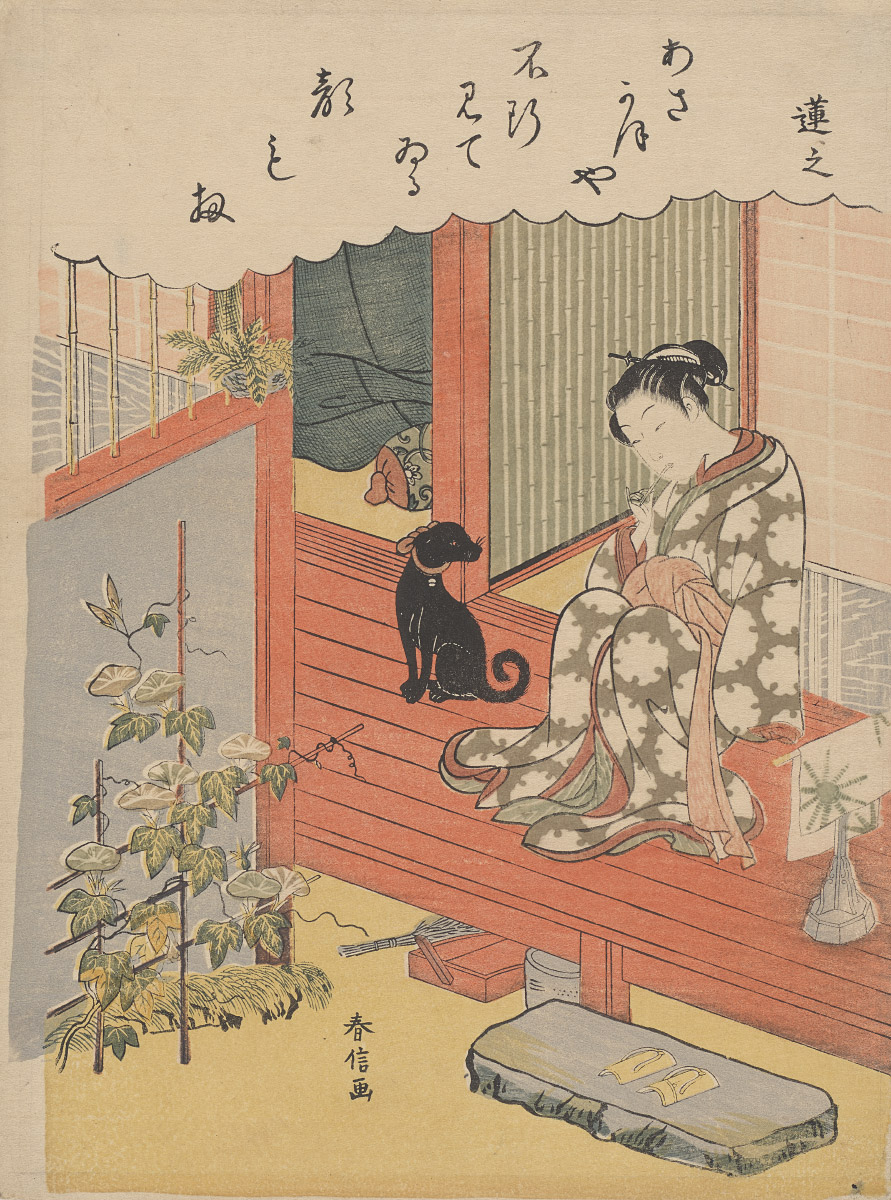
Utamaro (1753-1806)
He is one of the most highly regarded designers of ukiyo-e woodblock prints and paintings and is best known for his bijin ōkubi-e "large-headed pictures of beautiful women" of the 1790s. He also produced nature studies, particularly illustrated books of insects.
.jpeg)
Katsushika Hokusai (1760-1849)
Hokusai was a Japanese artist, ukiyo-e painter, and printmaker of the Edo period. In his time he was Japan's leading expert on Chinese painting. Born in Edo (now Tokyo), Hokusai is best-known as author of the woodblock print series Thirty-six Views of Mount Fuji (c. 1831) which includes the iconic and internationally recognized print, The Great Wave off Kanagawa.

Hiroshige (1797-1858)
Hiroshige is best known for his horizontal-format landscape series The Fifty-three Stations of the Tōkaidō and for his vertical-format landscape series One Hundred Famous Views of Edo. The subjects of his work were atypical of the ukiyo-e genre, whose typical focus was on beautiful women, popular actors, and other scenes of the urban pleasure districts of Japan's Edo period (1603–1868).
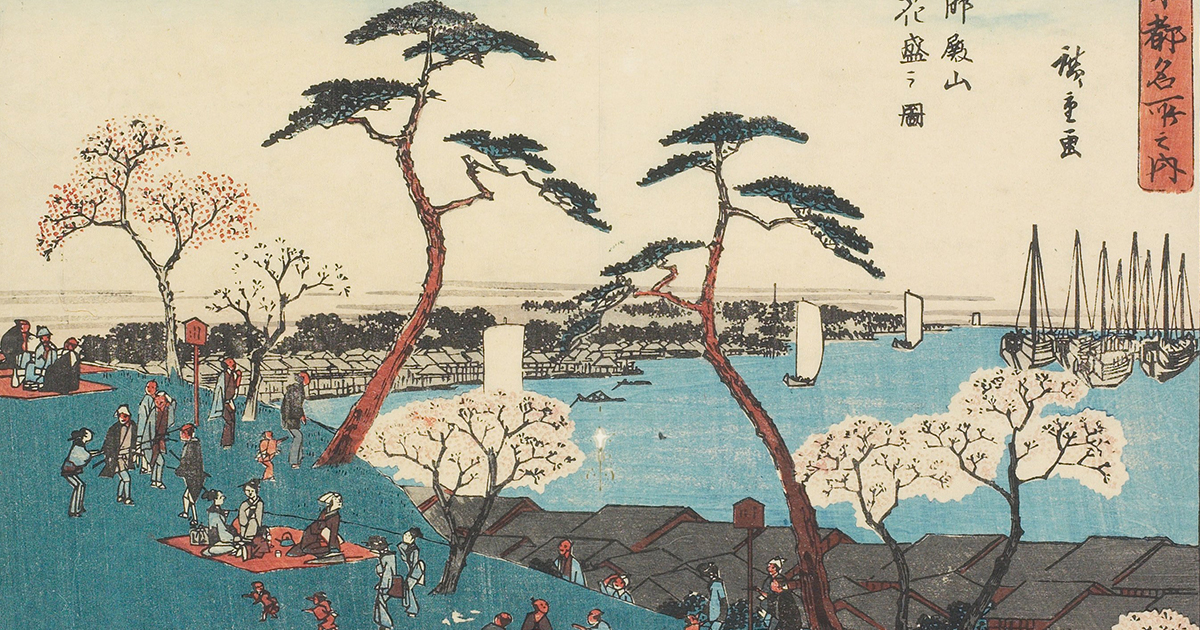
You can find many impressions of these famous artists in our upcoming Asian Art Auction series, you can browse on those auctions here.




